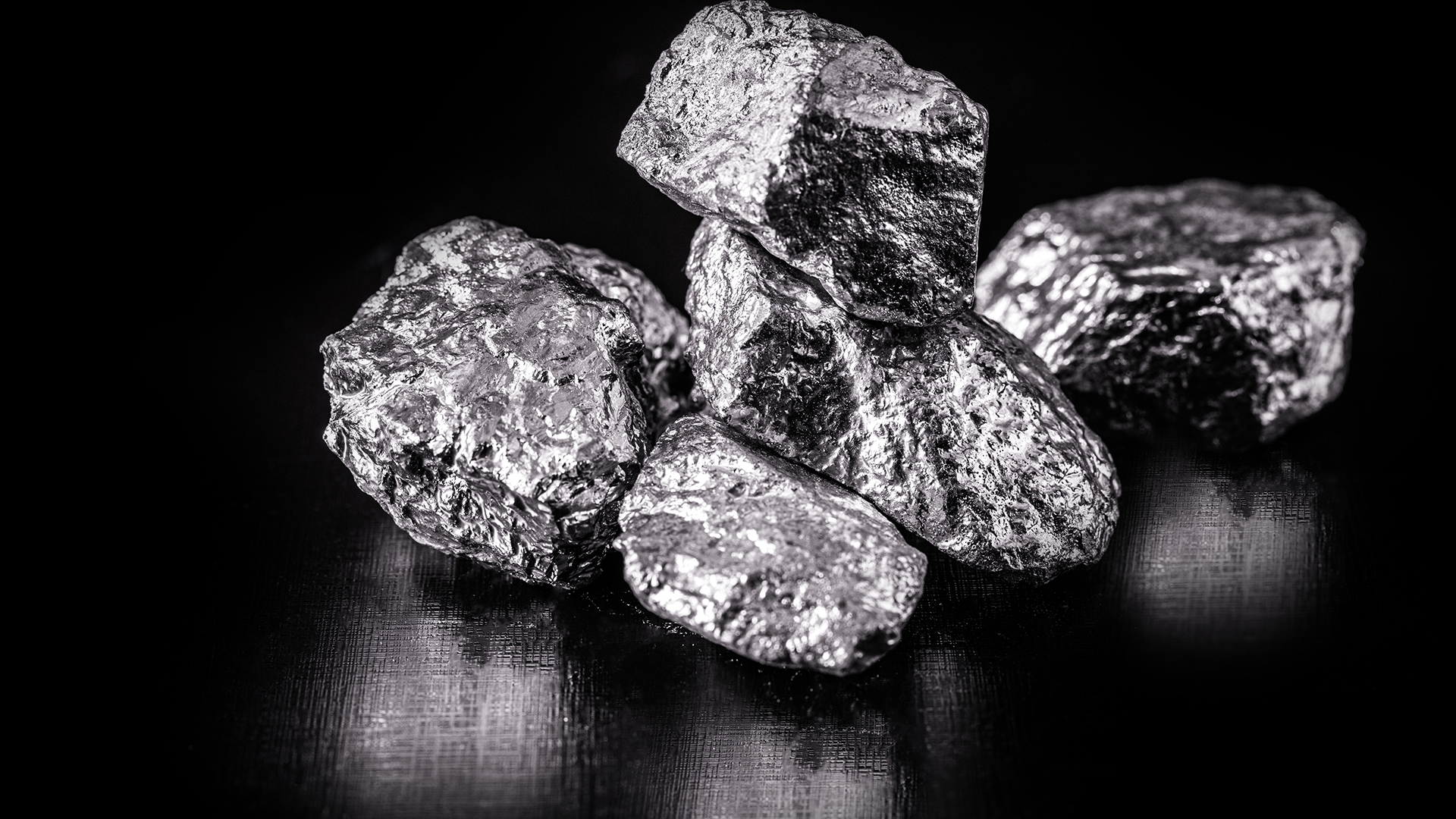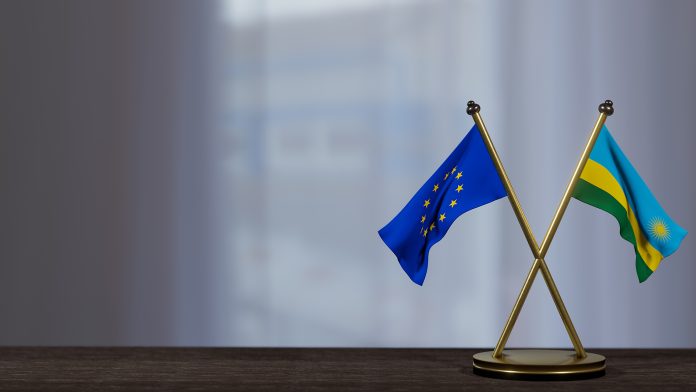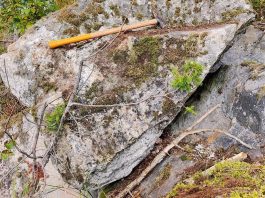The European Union and Rwanda have signed a Memorandum of Understanding (MoU) to collaborate on establishing sustainable raw materials value chains.
Signed by Jutta Urpilainen, EU Commissioner for International Partnerships, and Vincent Biruta, Rwanda’s Minister of Foreign Affairs, the MoU will help ensure sustainable and robust raw materials value chains for the EU and enhance Rwanda’s role in Africa’s sustainable development.
The deal will be instrumental for the EU in securing the essential raw materials that are vital for developing green technologies and delivering clean energy objectives.
The MoU follows the EU’s recent raw materials partnerships with the Democratic Republic of the Congo, the Republic of Zambia, Namibia, Argentina, Canada, Chile, Greenland, Kazakhstan, and Ukraine.
Urpilainen commented: “Today’s signing underscores Rwanda’s commitment to unlocking the full potential of our mining sector while contributing to the supply of critical minerals required to transition towards a greener, more sustainable global economy.
“This agreement further guarantees the quality and traceability of our raw materials, reaffirming Rwanda as a reliable partner in international trade. Rwanda values its partnership with the EU and looks forward to further strengthening our growing cooperation.”
Rwanda’s raw materials resources
Rwanda’s economy relies heavily on its mineral value chains, with the nation holding a significant position in the global tantalum extraction market.
Alongside tantalum, Rwanda extracts tin, tungsten, gold, and niobium, with promising prospects for lithium and rare earth elements.

With its conducive investment environment and adherence to the rule of law, Rwanda is poised to emerge as a pivotal centre for value addition within the mineral sector.
Notably, the country already hosts a gold refinery, and plans are underway to operate a tantalum refinery. Moreover, Rwanda boasts Africa’s sole active tin smelting facility, further cementing its importance in the region’s mineral processing landscape.
Thierry Breton, EU Commissioner for Internal Market, added: “Rwanda is an important provider of tantalum, tin, tungsten, gold and niobium, and has potential for lithium and rare earth elements.
“With this mutually beneficial partnership, we aim to build a resilient and sustainable critical raw materials value chain covering extraction, refining, processing, recycling and substitution.
“Transparency, traceability and investment are at the core of the EU-Rwanda critical raw materials partnership.”
What is outlined in the MoU?
The MoU establishes close cooperation between the EU and Rwanda in five key areas.
Firstly, it focuses on the integration of sustainable raw materials value chains and support for economic diversification, with an emphasis on ensuring the effective functioning and sustainability of these value chains.
Secondly, the MoU outlines cooperation to achieve sustainable and responsible production and valorisation of critical and strategic raw materials. This entails implementing increased due diligence and traceability measures, collaborating to combat the illegal trafficking of raw materials, and aligning with international ESG standards.
Thirdly, the parties agree to mobilise funding to deploy the infrastructure necessary for the development of raw material value chains. This includes efforts to improve the investment climate to attract necessary investments.
Additionally, the MoU highlights the importance of research and innovation, as well as the sharing of knowledge and technologies related to sustainable exploration, extraction, refining, processing, valorisation, and recycling of critical and strategic raw materials. It also emphasises the need for research into material substitution, waste management, and monitoring of supply risks.
Lastly, the MoU addresses the building of capacity to enforce relevant rules, emphasising the need to increase training and skills related to the critical and strategic raw materials value chain. This involves enhancing the capabilities of regulatory bodies and personnel involved in overseeing these processes.









